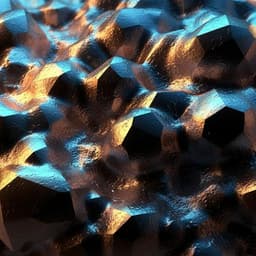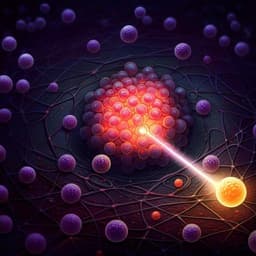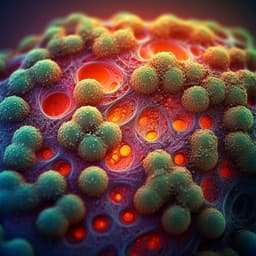
Chemistry
Atomically dispersed golds on degradable zero-valent copper nanocubes augment oxygen driven Fenton-like reaction for effective orthotopic tumor therapy
L. Wang, L. Chang, et al.
Discover a groundbreaking method for tumor treatment using atomically dispersed gold on biodegradable copper nanocubes, developed by a team led by Liu-Chun Wang and others. This innovative approach harnesses enhanced hydroxyl radical generation and biodegradability for effective cancer therapy.
Playback language: English
Related Publications
Explore these studies to deepen your understanding of the subject.







